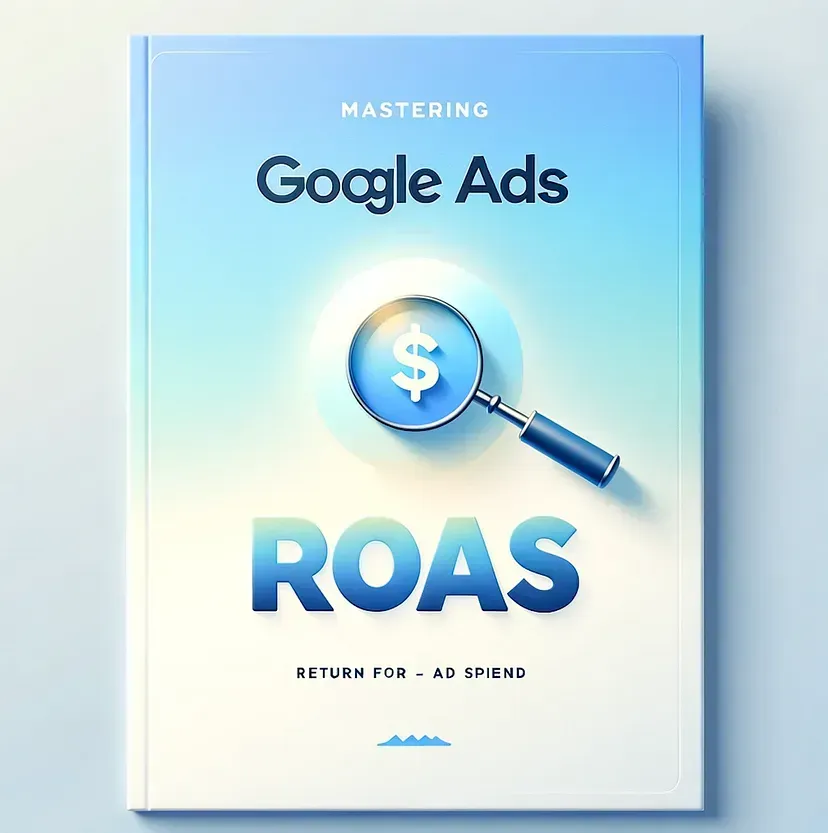A Strategic Framework for Combining SEO and Ad Buying Tactics
Understanding the Basics of SEO and Ad Buying
In the ever-changing landscape of digital marketing, businesses are constantly looking for ways to maximize their online presence and drive traffic to their websites. Two key strategies that many businesses employ are search engine optimization (SEO) and ad buying. While these tactics may seem separate, there can be incredible value in combining them to create a cohesive and powerful marketing strategy. In this article, we will explore the basics of SEO and ad buying, the intersection of these two strategies, and provide a strategic framework for incorporating them effectively.
Before diving into the intricacies of combining SEO and ad buying, it is important to understand the basics of each strategy and their individual importance.
Defining SEO and Its Importance
SEO, or search engine optimization, is the practice of improving a website's visibility and ranking in search engine results pages (SERPs). By optimizing various elements including keywords, metadata, and website structure, businesses can increase their chances of appearing at the top of search engine results, driving organic traffic to their site.
The importance of SEO cannot be understated. In today's digital era, search engines have become the go-to source for information. People turn to search engines like Google to find answers to their questions, discover products and services, and make purchasing decisions. By implementing effective SEO strategies, businesses can tap into this massive pool of potential customers.
The Role of Ad Buying in Digital Marketing
While SEO focuses on organic traffic, ad buying involves paying for advertising space on various platforms such as search engines, social media, or websites. Ad buying allows businesses to target specific audiences, increase brand visibility, and drive immediate traffic to their website.
Ad buying can be a powerful tool for businesses looking to generate quick results. With well-placed ads, businesses can reach potential customers at the right place and time, expanding their reach and increasing conversions. However, ad buying should not be seen as a standalone strategy, but rather as a complement to other marketing efforts like SEO.
The Intersection of SEO and Ad Buying
While SEO and ad buying may seem like opposing strategies, they actually work in harmony to achieve common goals. They address different aspects of a customer's online journey and, when combined effectively, can create a powerful marketing approach.
How SEO and Ad Buying Complement Each Other
SEO and ad buying complement each other in several ways. Firstly, SEO lays the foundation by optimizing a website's visibility in search engines. By organically ranking higher in SERPs, businesses can establish trust and authority, making users more likely to click on their website.
Once users land on a website, ad buying comes into play. Well-placed ads can further engage and entice users, driving them to take specific actions such as making a purchase or filling out a form. By combining SEO and ad buying, businesses can guide users through the entire customer journey, from initial search to conversion.
Potential Challenges in Integrating SEO and Ad Buying
While combining SEO and ad buying holds significant potential, there are challenges to consider. One common challenge is ensuring consistent messaging across both strategies. It is crucial to align ad copy and landing page content with the keywords and themes targeted in SEO efforts, providing a seamless user experience.
Another challenge is allocating budgets effectively. Businesses need to strike a balance between investing in SEO for long-term organic growth and allocating resources for ad buying to achieve immediate results. A strategic approach and ongoing evaluation are key to finding the right balance.
Building a Strategic Framework
Now that we understand the basics of SEO and ad buying, and the potential synergy between them, let's dive into the key components of a successful framework for combining these strategies.
Key Components of a Successful Strategy
A successful strategy for combining SEO and ad buying should include the following components:
- Keyword Research: Conduct thorough keyword research to identify the most relevant and valuable terms for your business. These keywords will guide your SEO efforts and inform your ad targeting.
- Optimized Landing Pages: Ensure that your landing pages are optimized for both SEO and ad campaigns. They should be highly relevant, informative, and engage users to take the desired action.
- Integrated Tracking: Implement tracking mechanisms to monitor the performance of both SEO and ad campaigns. This allows you to measure their impact and make data-driven decisions.
Setting Goals for Your SEO and Ad Buying Strategy
Setting clear and measurable goals is crucial for any marketing strategy. When integrating SEO and ad buying, consider the following goals:
- Increase Organic Traffic: Set a target for increasing organic traffic to your website through improved SEO efforts.
- Boost Conversion Rate: Define a goal for improving the conversion rate of your ad campaigns, ultimately driving more sales or leads.
- Enhance Brand Visibility: Measure the increase in brand visibility across both organic and paid channels.
Implementing the Framework
Now that you have a strategic framework in place, it's time to put it into action. Implementing SEO and ad buying tactics requires a systematic approach and ongoing monitoring to ensure effectiveness.
Steps to Incorporate SEO and Ad Buying Tactics
Here are the steps to successfully incorporate SEO and ad buying into your marketing strategy:
- Prepare Your Website: Optimize your website's structure, content, and metadata based on your keyword research. Ensure that your website is user-friendly, mobile-responsive, and loads quickly.
- Create Compelling Ads: Develop engaging ad copy and design eye-catching visuals to grab users' attention. Align your ad messaging with your targeted keywords and landing page content.
- Launch Ad Campaigns: Set up ad campaigns on platforms that align with your target audience. Monitor their performance and make necessary adjustments to maximize results.
Monitoring and Adjusting Your Strategy
Monitoring the performance of your combined strategy is essential to determine its success and identify areas for improvement. Regularly analyze data and make adjustments as needed, such as refining keywords, tweaking ad targeting, or optimizing landing pages.
Measuring the Success of Your Combined Strategy
Measuring the success of your combined SEO and ad buying strategy requires a comprehensive evaluation of key performance indicators (KPIs).
Key Performance Indicators for SEO and Ad Buying
When measuring the success of your strategy, consider the following KPIs:
- Organic Search Rankings: Track the improvement in your website's ranking for targeted keywords in SERPs.
- Click-Through Rate (CTR): Measure the percentage of users who click on your organic search results and ads.
- Conversion Rate: Evaluate the number of conversions divided by the total number of users who visited your website or clicked on your ads.
Interpreting Data and Making Informed Decisions
Data analysis plays a pivotal role in making informed decisions about your marketing strategy. Interpret the data to gain insights into user behavior, preferences, and campaign performance. Use these insights to refine your approach and optimize your combined strategy further.
By combining the power of SEO and ad buying in a strategic framework, businesses can leverage the strengths of both strategies, drive targeted traffic, and achieve long-term success in the competitive digital landscape.










